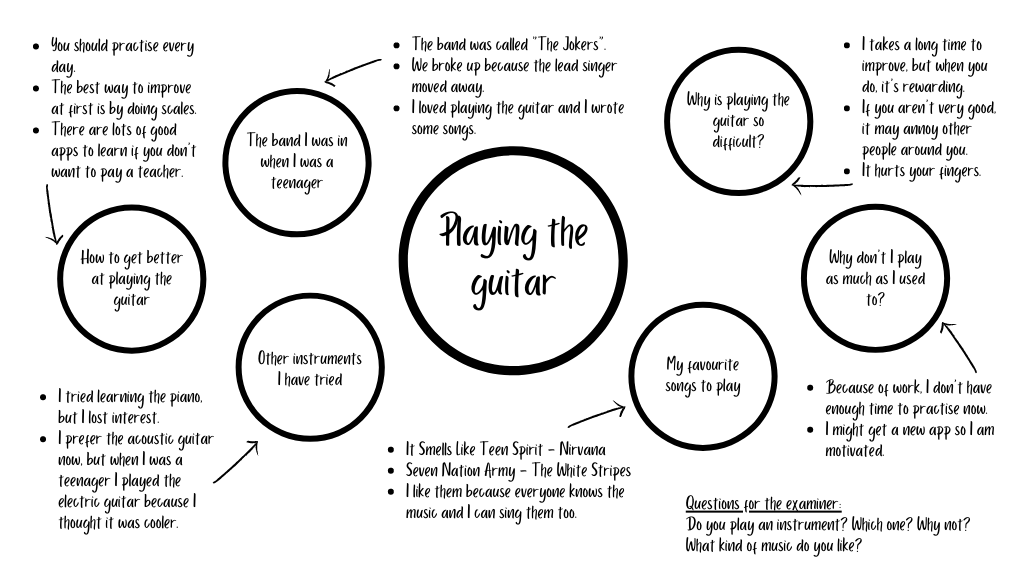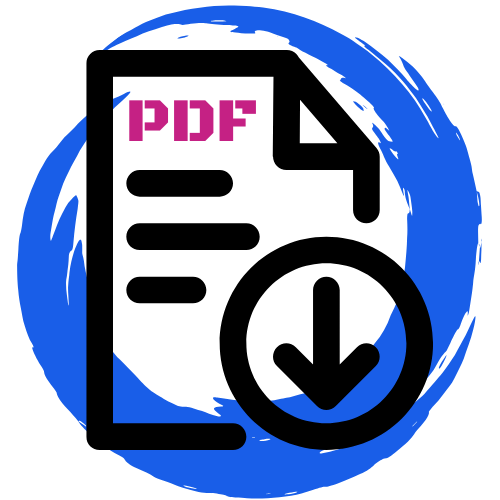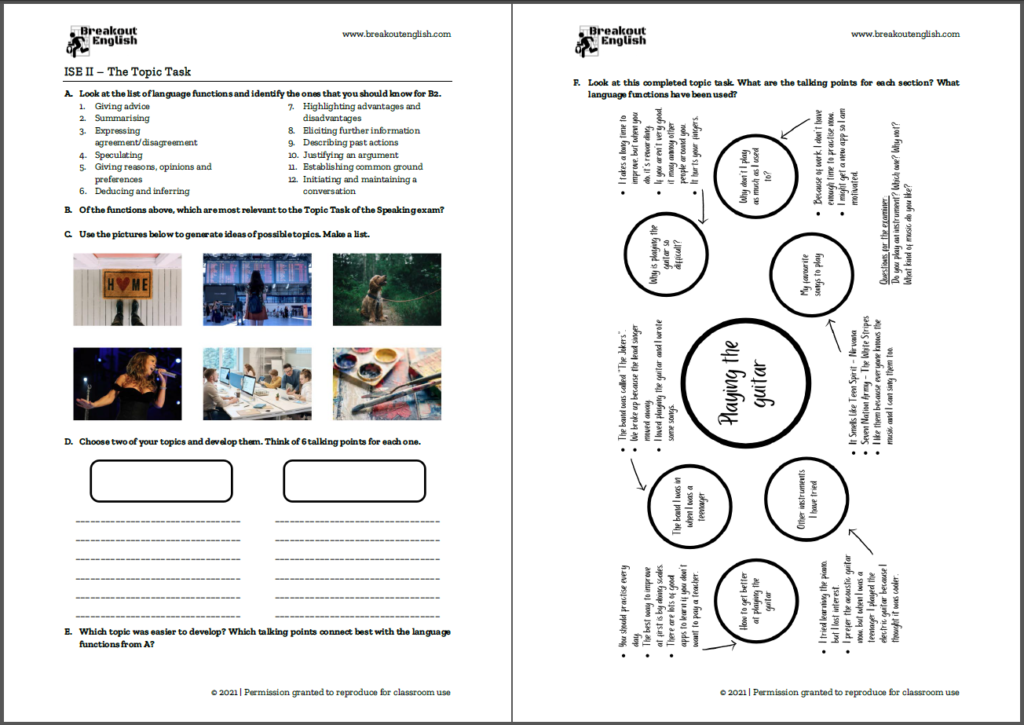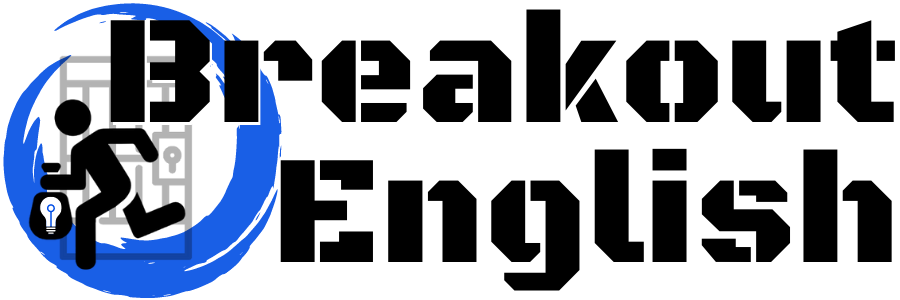The Trinity ISE II topic task is a speaking task and one which requires a certain amount of preparation beforehand. You can’t just waltz into the exam room with nothing prepared even if you’ve got the level.
It’s a discussion based on a topic that the exam candidate chooses in advance. That’s great news for those who like preparing, but bad news for those who like to wing it. The candidate can choose any topic that they like, except for the ones covered in the following conversation task. Choosing the topic is half the battle, but preparing the topic in advance with appropriate points and strong B2 level language is the next challenge.

Contents
About the ISE II topic task and speaking exam
The ISE II speaking exam is done individually between 1 candidate and 1 examiner. It lasts 10 minutes total and has 3 components.
- Topic Task – 4 minutes
- Collaborative Task – 4 minutes
- Conversation Task – 2 minutes
Despite the names, all of the parts of the ISE II speaking are interactive and involve conversation and/or communication with the examiner.
Following the speaking, you will immediately start the listening exam because they are taken and completed as a single module. In order to pass the speaking and listening module, you must pass both parts of the exam. If you fail either part, you will have to repeat the entire module.
Check here for more materials for other parts of the ISE II speaking exam.
- 26 ISE II Collaborative Task Prompts
- ISE II Collaborative Task Activity (Pair Work)
- 100 ISE II Conversation Questions
- Gerunds and Infinitives – ISE II Conversation Task
Choosing an appropriate topic
There are certain topics that will fill up the 4 minutes no problem and the time will fly by. However, there are also topics which crawl along and feel like pulling teeth.
Take a look at these options and decide which category is the best choice.
- Something which interests you and you want to learn more about.
- Something simple which will be easy.
- Something complicated that other people don’t know, but you know a lot of details about.
- Something you enjoy doing and talking about.
Exam candidates often choose from the first three categories, but they are not the best choice. The best way to pass the Trinity ISE II topic task is to talk about something you enjoy. That can be a hobby, a place you like, your job etc.
At the end of the day, your choice of topic isn’t going to make you pass or fail the exam. That will be determined by your language ability. So why not choose something fun and interesting?
Remember that you should avoid the following topics which feature in the conversation task.
- Society and Living Standards
- Personal Values and Ideals
- National Environmental Concerns
- Public Figures Past and Present
- The World of Work
Making an ISE II topic task mind map
For ISE I, Trinity provide a simple mind map for you to fill in and take to the exam. For ISE II, that isn’t the case. Technically, you don’t have to go in with anything, but you can, so why wouldn’t you give yourself a helping hand and take in a mind map of your own?
Having a visual aid will help you structure your topic discussion and remind you of the language you plan to use. At the same time, it will make a good impression and help the examiner know where to guide the conversation.
Here’s an example of an ISE II topic task mind map. This one includes lots of notes about each talking point. You can’t take these notes into the exam, only the main structure, but by making notes, you’ll feel more prepared on the day.

Preparing your ISE II topic task language
Trinity is very clear about what it expects exam candidates to do at each level of the exam. During the speaking, the examiner will be listening for these functional language areas and guiding the conversation in a way to get you to use them.
Here’s the list of language functions expected by Trinity at B2 level.
- Initiating and maintaining the conversation
- Expressing and expanding ideas and opinions
- Highlighting advantages and disadvantages
- Speculating
- Giving advice
- Expressing agreement and disagreement
- Eliciting further information
- Establishing common ground
Don’t forget that B1 level language functions like using the past, the future, making comparisons and expressing preferences are also expected at B2 level.
How to interact in the ISE II topic task
A lot of exam candidates make the fatal mistake of thinking the topic task is a presentation. It isn’t. The ISE II topic task is a conversation. You choose the topic and you are responsible for maintaining interaction, but it shouldn’t be 4 minutes of you chatting by yourself non-stop. Let the examiner ask questions and you can even ask them questions too.
One of the best ways to start off the topic task is to briefly introduce your topic then ask the examiner a simple opening question. Don’t expect them to give a long detailed answer, but it will set the scene for good interaction throughout the speaking exam. You don’t have another candidate to collaborate with in Trinity exams, so you have to create that natural communication with the examiner.
Try writing a dialogue of the ideal interaction for the introduction of your topic task. Don’t expect it to be exactly the same on the day, but having predicted some ideas, you will be more prepared for the real thing.
Tips for the day of the exam
- Take everything you need to feel prepared. You can even take a photo or small object to support your topic if you like. You can’t take extensive notes though, so your supporting materials should help you remember what you want to discuss.
- Be natural with the examiner. They aren’t going to give you any negative points for being nervous, but they do need to see you interacting if you want to pass.
- Listen carefully. Interactive listening is one of the criteria used to evaluate you, so make sure you react and respond to the examiner’s prompts well. A few phrases like “that’s an interesting question” or “I’ve never thought of that before” can go a long way.
- Keep things moving. You don’t want to get stuck on one idea for too long because you will end up being repetitive. Having more variety of talking points means more variety of language too. Don’t worry if you don’t talk about everything you planned. Treat your mind map like a guide more than a rulebook.
- Don’t forget your level. You need to produce language which is B2 level, so make sure you include some good grammar and phrases which tick those B2 boxes.
- Take control. For most of the Trinity speaking exam, the candidate is supposed to be in control of the interaction, but this can be quite hard for some people. Once again, preparation is key because if you know what to expect, you won’t get so nervous.
The Materials
This activity will walk you through choosing an appropriate topic and creating your own mind map. Preparing the Trinity ISE II topic task isn’t a one day process. It’s an area you’ll need to look at over and over again. Get started early on in your exam preparation because you don’t want to be rushing at the end.
Following these activities, you could do immediate topic presentations. However, I would normally let students review and improve their topics before presenting.
EXAM PART: Topic Task
EXAM SKILLS: Initiating and maintaining a conversation, expressing and expanding ideas and opinions
TIME: 45-60 minutes + topic presentations
PREPARATION: One copy of the worksheet per student
Download



